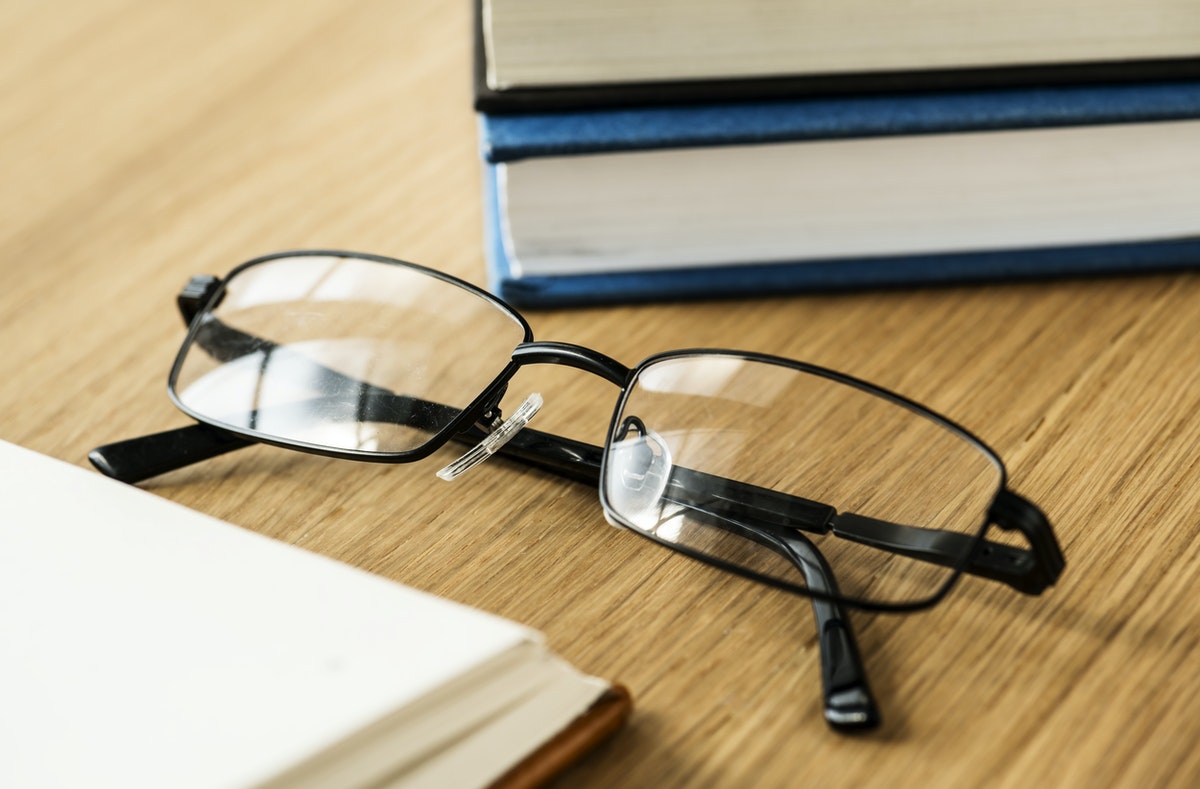When you deal with experiments, you investigate the causal relationship between variables. What you fundamentally do is manipulate one or more than one independent variable (x) to determine their effect on dependent variables (y).

When you deal with experiments, you investigate the causal relationship between variables. What you fundamentally do is manipulate one or more than one independent variable (x) to determine their effect on dependent variables (y).
Suppose you wish to establish a sound experimental design. In that case, you must understand the system you want to study. Therefore, the bottom line is that you develop several procedures to test a hypothesis in the experimental design. While designing an experiment, the following five issues are relevant?
Reflect on your variables and explain the association between them
Pen a down-to-earth hypothesis that can be tested
Design experimental treatments in such a way that you can modify your independent variables
Conduct a treatment assignment for your units or subjects. This step determines whether you have between-subjects or within-subject designs.
Have a clear plan and methodology for measuring your dependent variables
If you want to have valid conclusions, your sample should be representative; that is, it should represent the population and curb any extraneous variables that might affect your results. Suppose you cannot randomly assign participants to control and treatment groups; then, you must ponder on an observational study.
An essential issue is to start with a particular research question. You can translate your research question into an experimental hypothesis provided that you specify the primary variables and predict how they are associated. Listing independent and dependent variables will substantially help. Then the next step involves considering possible extraneous and confounding variables and how you can curb them in your experiment. Ultimately, you can produce a diagram with all variables. Depicting the potential relationships between variables and including signs to indicate the expected direction of the connections are valuable and required.
After a solid conceptual understanding of the system you are exploring, you can pen a particular, testable hypothesis. This hypothesis addresses the research question you wish to investigate. Assume you explore whether using an increased amount of fiber improves the yogurt texture. In that case, the null hypothesis (H0) suggests that no treatment effect exists. That is to say, the fiber level does not significantly affect yogurt texture. Nonetheless, the alternative hypothesis (Ha) poses that the treatment effect is present. In other words, higher fiber levels imply improved yogurt texture.
Designing a controlled experiment covers the following steps. When you discuss a controlled experiment, you must ensure that the following issues are considered:
i. You have successfully manipulated independent variable(s) to have a systematic design.
ii. You have measured the dependent variable(s) precisely.
ii. You have curbed potential confounding variables.
Suppose that your experimental system does not match the above, you can resort to other research types to address your research question.
Handling the independent variable affects the experiment’s external validity. It suggests you generalize your results and imply them to the broader domain. However, it would help if you decided what would be the limit of the independent variable. Assume you have started adding fibers to the yogurt; you will certainly have a limit value beyond which your product may be rendered inedible. Thus, a limit for your independent variables may exist, and you must consider it accordingly.
Having reliable and valid results primarily depends on how you apply your treatments to your test units or subjects. The first thing you need to heed is the size of your study. Begin by asking the question to yourself; how many units or subjects do I need to have a statistically sound experimental design? Overall, increasing the unit or subject size boosts the experiment’s statistical power suggesting that you can rely on your results. What follows is randomly assigning treatments to units or subjects. It implies that each unit or subject receives a level of the dependent variable. Your design must also have a control treatment. Accordingly, you can tell what would have occurred if the units or subjects had not been subjected to treatment. While assigning your units to treatments, you may employ a completely randomized design ora randomized block design. Moreover, a between-subject or within-subject design may also be your design choice in some other circumstances.
Ultimately, how you gather data substantially affects your dependent variable outcomes. To minimize research bias, you must employ approved and valid measurements. Suppose you have variables such as humidity or pressure. In that case, you can precisely measure these variables. However, you may wish to detect the depression level of people. Should it be the case, you may need to employ a developed scale like the Beck Depression Inventory.
Best Edit & Proof expert editors and proofreaders focus on offering papers with proper tone, content, and style of academic writing, and also provide an upscale editing and proofreading service for you. If you consider our pieces of advice, you will witness a notable increase in the chance for your research manuscript to be accepted by the publishers. We work together as an academic writing style guide by bestowing subject-area editing and proofreading around several categorized writing styles. With the group of our expert editors, you will always find us all set to help you identify the tone and style that your manuscript needs to get a nod from the publishers.

You can also avail of our assistance if you are looking for editors who can format your manuscript, or just check on the particular styles for the formatting task as per the guidelines provided to you, e.g., APA, MLA, or Chicago/Turabian styles. Best Edit & Proof editors and proofreaders provide all sorts of academic writing help, including editing and proofreading services, using our user-friendly website, and a streamlined ordering process.
Visit our order page if you want our subject-area editors or language experts to work on your manuscript to improve its tone and style and give it a perfect academic tone and style through proper editing and proofreading. The process of submitting a paper is very easy and quick. Click here to find out how it works.
Our pricing is based on the type of service you avail of here, be it editing or proofreading. We charge on the basis of the word count of your manuscript that you submit for editing and proofreading and the turnaround time it takes to get it done. If you want to get an instant price quote for your project, copy and paste your document or enter your word count into our pricing calculator.
Contact us to get support with academic editing and proofreading. We have a 24/7 active live chat mode to offer you direct support along with qualified editors to refine and furbish your manuscript.
Follow us on Twitter, LinkedIn, Facebook, Instagram, and Medium.
For more posts, click here.
This article explains how to establish experimental design in a dissertation or thesis. To give you an opportunity to practice proofreading, we have left a few spelling, punctuation, or grammatical errors in the text. See if you can spot them! If you spot the errors correctly, you will be entitled to a 10% discount.
How to Determine Variability in a Dataset
14.10.2023
Population vs Sample | Sampling Methods for a Dissertation
14.01.2023
7 Issues to Avoid That may Dent the Quality of Thesis Writing
18.12.2022
How to Ensure the Quality of Academic Writing in a Thesis and Dissertation?
04.12.2022
How to Define Population and Sample in a Dissertation?
03.12.2022
How Can You Decide on Tense Usage in Your Dissertation?
04.11.2022
How Can You Write an Abstract for Your Dissertation?
30.10.2022
How to Build Research Methods for Your Dissertation
14.10.2022
How to Build a Strong Hypothesis for Your Dissertation
13.10.2022
How Can You Develop Solid Research Questions for Your Dissertation?
13.10.2022

Choosing a topic for your dissertation or thesis at the end of your master's or doctoral study can become a daunting task. You must select a topic that you find interesting to work on. A dissertation/thesis is a crucial piece of work as it carries enormous credit points at the end of the master's study or postgraduate year. Therefore, you must choose the right and the most suitable topic. Here are some helpful tips for choosing a dissertation and thesis topic that suits you the most.
Continue Reading
An abstract, is an important part of an academic work and a synopsis of a longer study such as a dissertation or thesis. Its most critical aspect is precise reporting of the objectives and outcomes of your research. Thus, the readers can learn about your work by perusing your abstract.
Continue Reading
What you aim to address in your dissertation relates to a research problem. It is primarily a unique issue, challenge, paradox, or breach in the current literature. It would be best if you searched for practical problems and targeted addressing them to expand the actual knowledge.
Continue Reading
For a high-quality research paper, dissertation, or thesis, a helpful research question plays a critical role in designing it. It precisely suggests what you wish to study, presenting your research's apparent emphasis and objective.
Continue Reading
Research methods are specific procedures for collecting and analyzing data. Therefore, your research methods form the most critical part of your research design. You must make two crucial decisions during your method planning.
Continue Reading